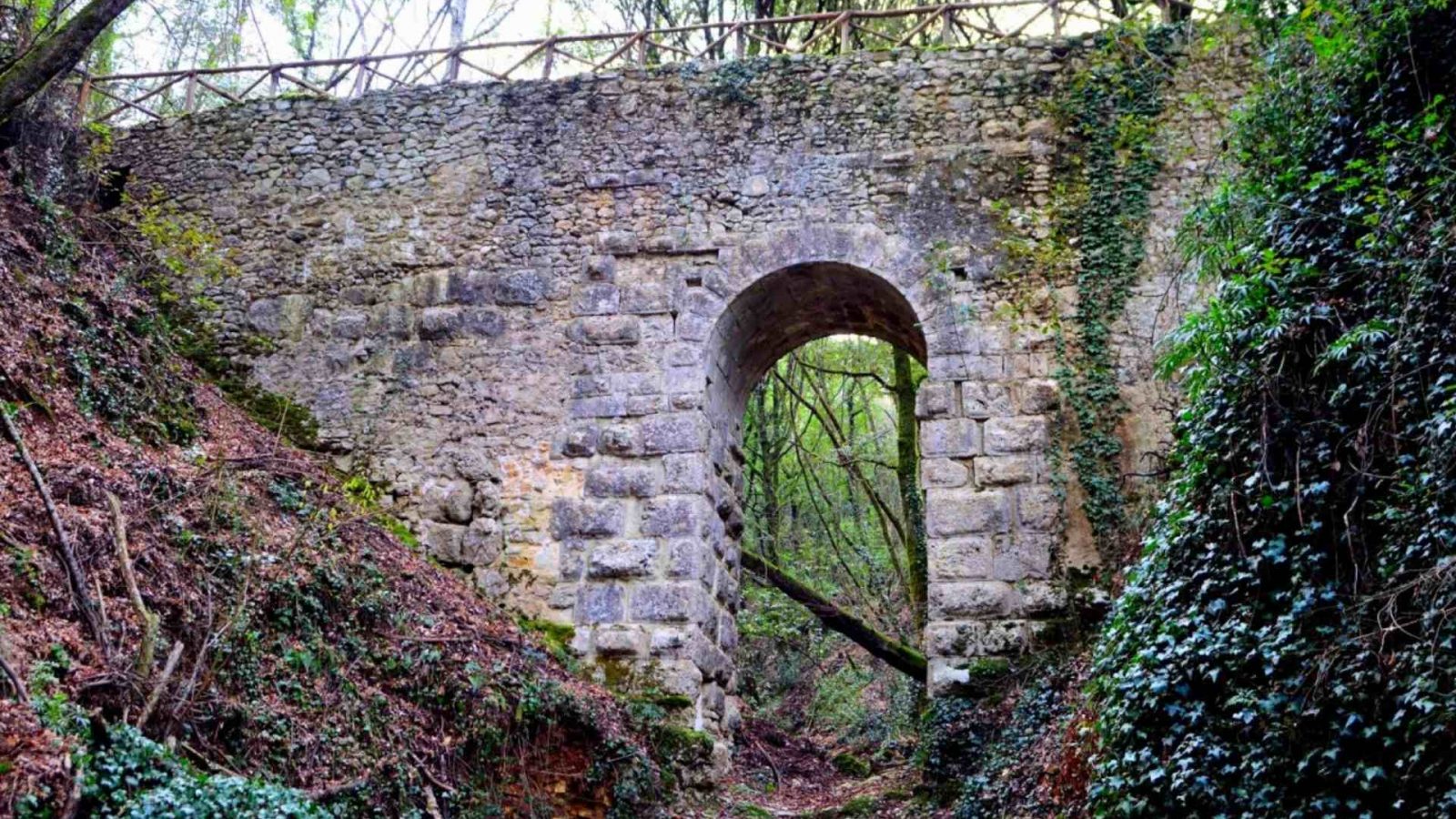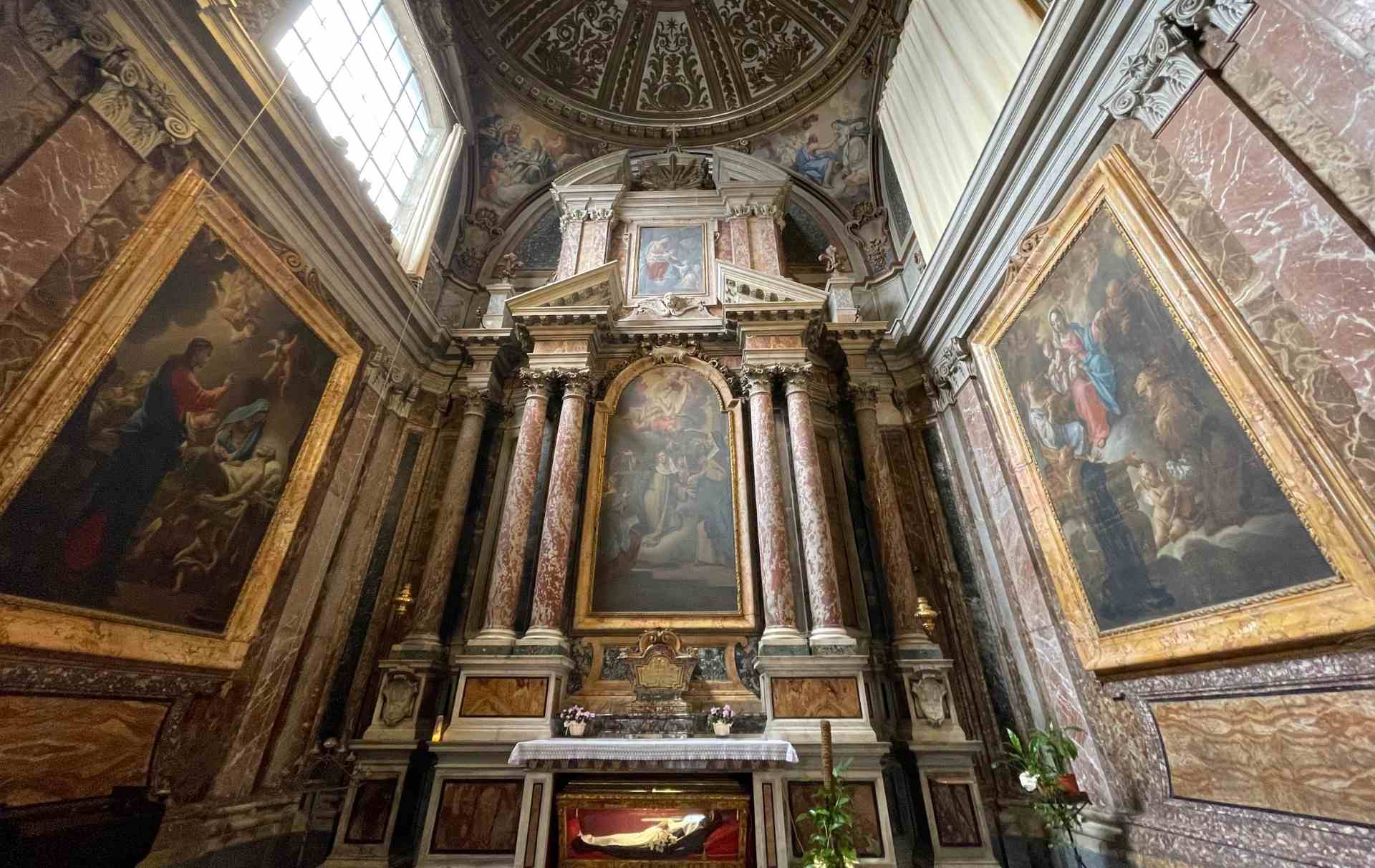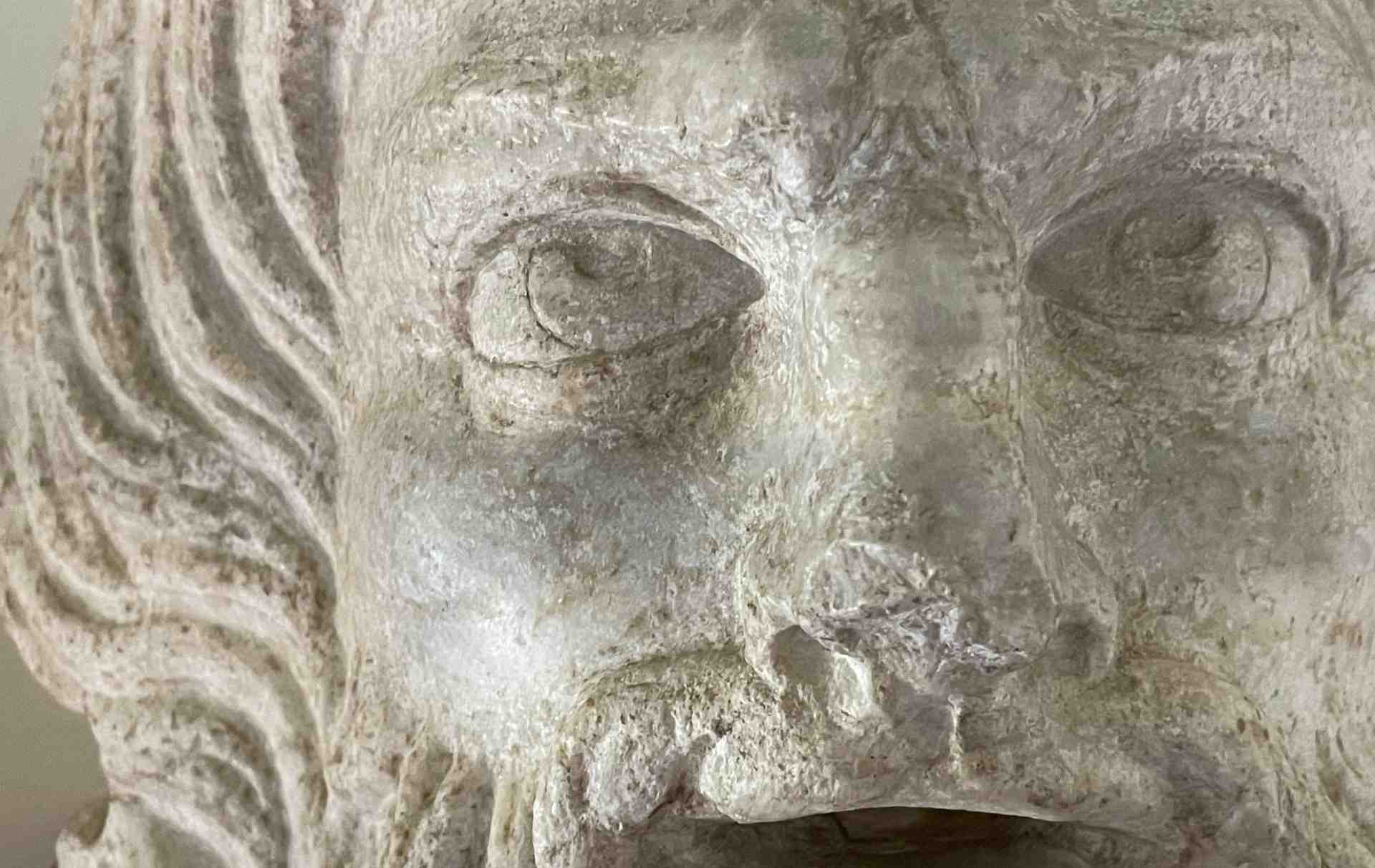Reachable through a suggestive trail in the green of a forest of oaks and holm oaks, Cardona Bridge is the last of the four bridges of the Roman Aqueduct of Formina and is not far away to the Geographic center of Italy.
Cardona Bridge : from the Aqueduct of Formina to the Geographic center of Italy.
The suggestive bridge , long almost 19 meters, is present with its semicircular arch which comes out from the spontaneous vegetation of the Fosso dei Collari, in most of the year dry but capable of remarkable flow in rainy periods.
The original vault, the abutments and part of the shoulders are well preserved and still visible today.
Even in this case, as for other bridges which make the Aqueduct, the processing is accurate: the bridge the bridge is equipped with a slight rustication – only in some parts, a clear sign that the work was dictated by time saving, rather than by a real architectural project – that stands out thanks to the anathyrosis.
Cardona Bridge has followed the destiny of the other bridges that make up the aqueduct , experiencing many restorations over the centuries, as well as the tunnel where the water passed.

The Geographic Center of Italy.
It is thanks to the interest of the scholar Giuseppe Angeletti and the involvement of the Istituto Geografico Militare of Florence that, in 2006, it was located in “Casa Erbabigia” – a short distance from the bridge – the Geographic Center of Italy (Latitude NORD 42, 30′ 15.5 Longitude EST 12’34’21.5 ).
The visit to the wood and the bridge along the street of Formina.
The wood which surrounds the area where the bridge is , is a natural paradise: there are many different species of animals and vegetations which inhabit this part of territory not far from the center of the town of Narni.
It is possible to reach the Cardona Bridge and the Geographic Center of Italy through a suggestive trail – parts of the difficulty Trail of the Aqueduct of Formina – which , starting from a specific parking lot, through 900 meters retraces the route of the Aqueduct.
The legend of Giovenale.
It is in this area that gave birth to the famous Legend of Giovenale.
The story tells t of a old fria which goes
The story tells of an old friar who came down every day from the Sacred Cave of San Francesco to reach the city of Narni for the collection.
Every day, the younger Giovanale , who was living nearby the Cardona Bridge, if he saw that the friar didn’t receive anything before, he always offered something to eat and drink.
One day Giovenale understood that the friar was dead because in his place passed a younger one.
That night the friar talked to him in a dream of a big treasure “”One thousand and more silver coins of the time by Marcus Cocceius Nerva, the emperor born in Narni, gold objects and precious stones in such a number as to become rich like all the nobles of the countryside put together”.
Giovenale went to the point indicated and started to dig , but when found something, nature turned against him: a violent rain drove off all the animals and made the stream overflow putting his life in danger.
Then he realized that finding the treasure meant sharing it with the people who needed it.
He dug again, found the treasure and he shared it to improve the town and the people who lived here.
But many say that the treasure has never been found…
Cardona Bridge
Loc. Santa Lucia, Str. dei Pini, 21 05035 Narni TR
Phone. 0744 747277
Web:
- For the visit to the aqueduct: narnisotterranea.it
- The Cardona Forest: pontecardona.it
- Path and Aqueduct: acquedottodellaformina.it
To reach the Ponte Cadorna it is good to leave the car in the dedicated parking, follow the picturesque path of 900 meters. in the woods before reaching the monument and the stone of the Geographic Center of Italy.
It is suggested to park the car into the Parking “Geographic Center of Italy” and then go to the trail which takes to the bridge.
Discover Narni.
Continue to walk with us discovering what to see inside the walls of Narni.
Or discover the points of interest of Narni and of its territory:

The transept: the Chapel of Blessed Lucia and that of San Giuseppe
On the two sides of the transept there are two of the most singular works of Narni’s Cathedral: the Chapel of the Blessed Lucia, in

Museum: archeological section
The presence of a travertine statue of a lion, once guarding a tomb – late republican, first imperial – welcomes us in the hall of

Ternana Gate
Ternana Gate, a medieval door, is one of the principal entrance to the medieval walls of the town of Narni. The gate is mentioned in


